The moment a conversation wobbles – eyes sliding to the floor, a glance ricocheting to the ceiling – the mind races to explain. Is it shyness, guilt, culture, or something else entirely? For decades, people have treated eye contact like a simple honesty meter, a bright-red dial that jumps when truth falters. But the science tells a far stranger, more human story: gaze is a braided signal of biology, culture, attention, and stress. Understanding that story changes how we interview, teach, diagnose, and relate, especially in a year when so much communication happens through glass rectangles and blinking cameras.
The Hidden Clues

Watch a commuter car or a crowded elevator and you’ll see the choreography of gaze in action – brief checks, respectful turn-aways, tiny truce signals that keep peace among strangers. In conversation, those micro-movements become richer, mapping comfort, status, interest, and cognitive effort in real time. When someone looks away, the meaning rarely fits a single box, because the brain is juggling emotions, thoughts, and social rules at once. That’s why two people can dodge eye contact for opposite reasons: one seeking comfort, the other concentrating intensely.
I learned this the hard way while interviewing a brilliant engineer who stared at the carpet whenever questions became technical, then lit up with eye contact when the topic turned personal. The pattern wasn’t evasive; it was tactical, as if he needed to unplug the visual channel to free up working memory. Gaze wasn’t a verdict on his character, just a window into the mental workload beneath the surface. Seen that way, averted eyes become less a red flag and more a clue worth decoding with care.
The Brain on Eye Contact
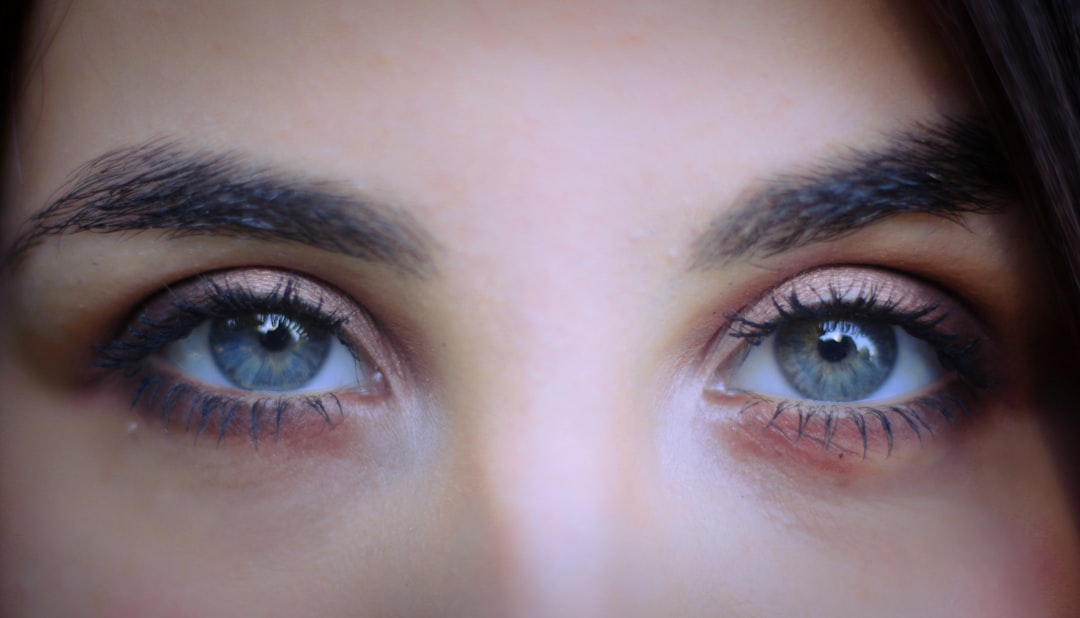
Neuroscience points to a simple truth: direct gaze is powerful, sometimes overwhelmingly so. Eye contact can amplify arousal signals in limbic circuits while recruiting prefrontal systems that manage attention, which is why a steady stare can feel like a cognitive tug-of-war. For some, that arousal is energizing; for others, it’s noisy, nudging the brain to look away to keep thoughts on track. This is not a character flaw but a balancing act between social engagement and mental bandwidth.
Researchers also observe that mutual gaze can synchronize rhythms in conversation, helping timing, turn-taking, and empathy. Yet the same synchrony can become a drain when tasks grow complex, pushing people to glance aside to think. In effect, gaze can be both glue and gust, sometimes binding speakers together, sometimes gusting hard enough to blow thoughts off course. When someone looks away mid-sentence, they may simply be shielding a fragile idea from the wind.
Global Perspectives
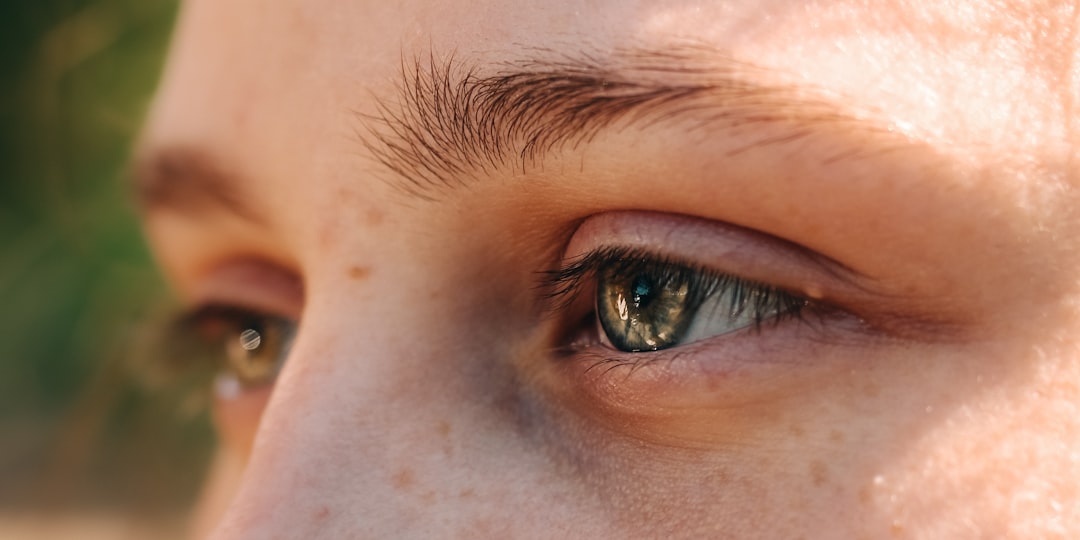
Across cultures, the meaning of eye contact shifts like language, shaped by history, hierarchy, and habit. In some communities, steady gaze reads as confident and attentive, while in others it can tip into rudeness, especially toward elders or superiors. Social distance matters too: what feels warm at a café might feel intrusive in a small office, and what a friend accepts, a stranger won’t. Immigrants and travelers often relearn gaze norms the way they relearn idioms, adjusting without even realizing it.
Context also rewrites the script: a doctor’s exam room, a boardroom pitch, and a first date each set different expectations for how long eyes should meet. Digital life complicates things further, because webcams create the illusion of eye contact without the shared geometry of real space. People who “look away” on video may be glancing at notes or a second screen, not dodging intimacy. If we judge by a single rule, we risk misreading an entire world’s worth of nuance.
Neurodiversity Across the Lifespan
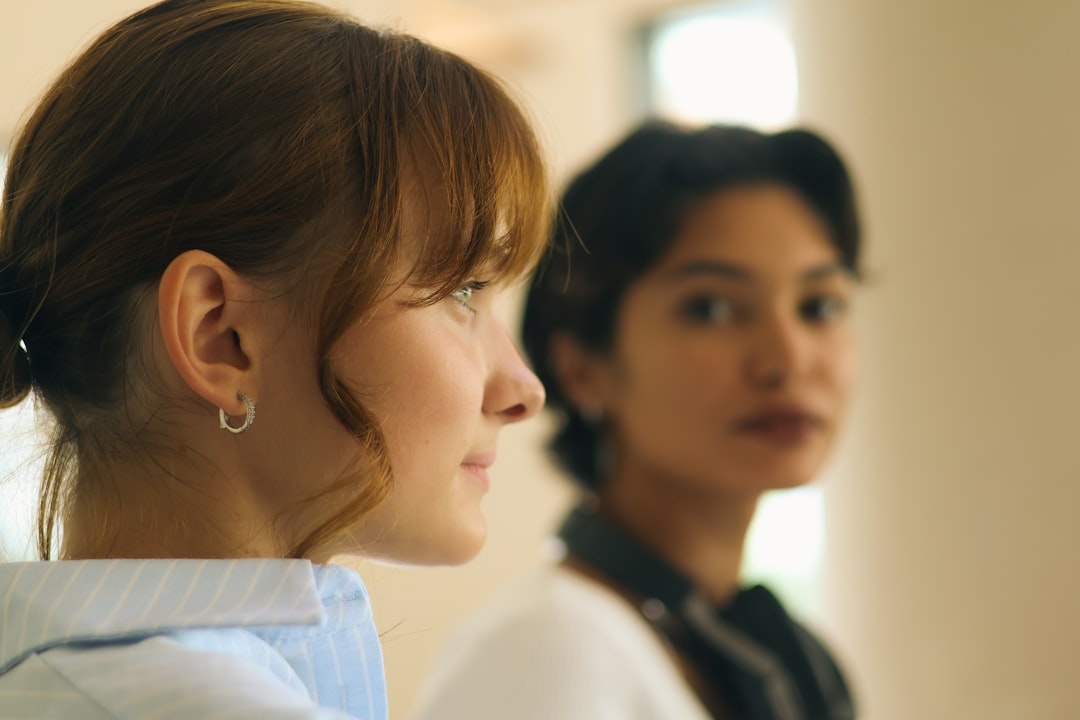
For many autistic people, direct gaze can feel physically intense or distracting, like standing too close to a bright lamp. Avoiding eye contact isn’t indifference; it’s often a way to keep sensory input manageable and communication possible. Others with attention differences or learning differences similarly look away to anchor focus, especially when language demands climb. What appears as withdrawal can be a skilled form of self-regulation.
Life stages matter as well: young children are still calibrating the social rules of gaze, and adolescents often use it to explore identity and boundaries. Adults weave in professional expectations that reward steady eye contact, even when it’s exhausting. Aging can add another twist, as hearing changes push people to look at mouths for clarity rather than eyes for connection. The same behavior – glancing aside – can carry strikingly different purposes across a lifetime.
Myths of Deception and Cognitive Load
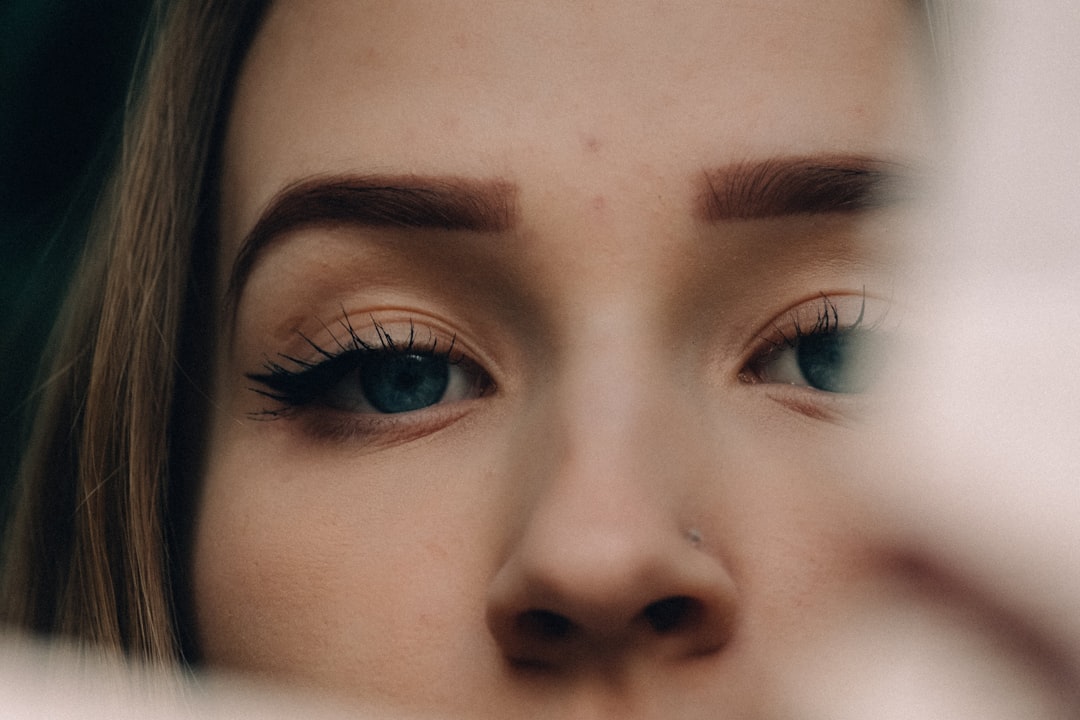
The cleanest myth to retire is the idea that liars can’t meet your eyes. Studies of deception show that gaze is a flimsy tell, easily masked by practiced performers and often confounded by anxiety in truthful people. More reliable is the concept of cognitive load: lying usually takes more mental work, but so does telling the truth when stakes are high or details are complex. Either way, people often look away to manage the extra effort.
Think of gaze like a mental dimmer switch rather than a moral spotlight. When questions get harder, the brain preserves bandwidth by dialing down visual-social input. Shy truth-tellers may glance at the floor, while confident deceivers can lock their gaze like seasoned actors. Treating eye contact as a verdict blurs the very distinctions careful listening can reveal.
From Ancient Tools to Modern Science

Humans have long tried to read character from the face, but modern tools trade superstition for measurement. High-resolution eye-trackers map fixations and saccades with millisecond accuracy, revealing how attention hops around during speech. Motion-capture and thermal imaging add layers, tracing subtle head turns and stress-linked heat patterns around the eyes. The goal isn’t to label people but to model the dynamics that make conversation flow or falter.
Scientists now combine these signals with language analysis to study how gaze and words coevolve moment to moment. That pairing clarifies why some explanations land cleanly when a speaker looks away to think, then re-engages to connect. It also cautions against single-signal judgments, showing that meaning emerges from patterns, not snapshots. In other words, the science is moving from static portraits to living maps.
Why It Matters
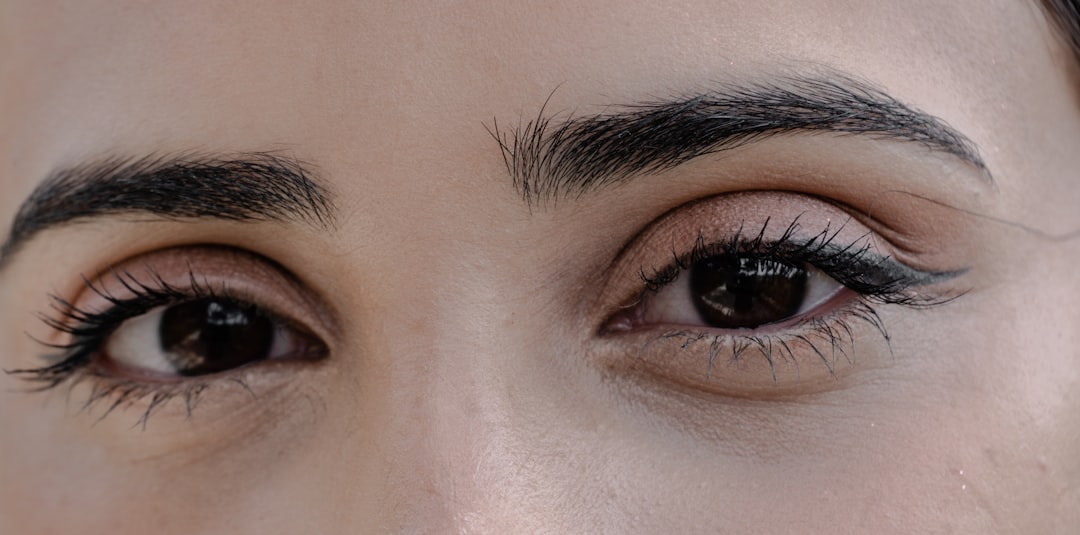
Misreading gaze has real-world costs: students get marked as disengaged, patients as noncompliant, candidates as evasive, all based on a narrow lens. When we broaden the frame, we teach better, diagnose more precisely, and make fairer hiring decisions. The shift echoes other scientific corrections, like moving beyond one-size-fits-all nutrition advice toward individualized understanding. Eye contact deserves the same upgrade from folk wisdom to context-rich interpretation.
It also matters for technology that judges us, from hiring platforms to classroom software that scores “attention.” Systems that equate forward-facing eyes with engagement can miss brilliant minds thinking off-camera or off-axis. A science-informed approach would weight gaze alongside task demands, culture, and neurodiversity, not as a blunt indicator. Better judgments begin with better models of human complexity.
The Future Landscape
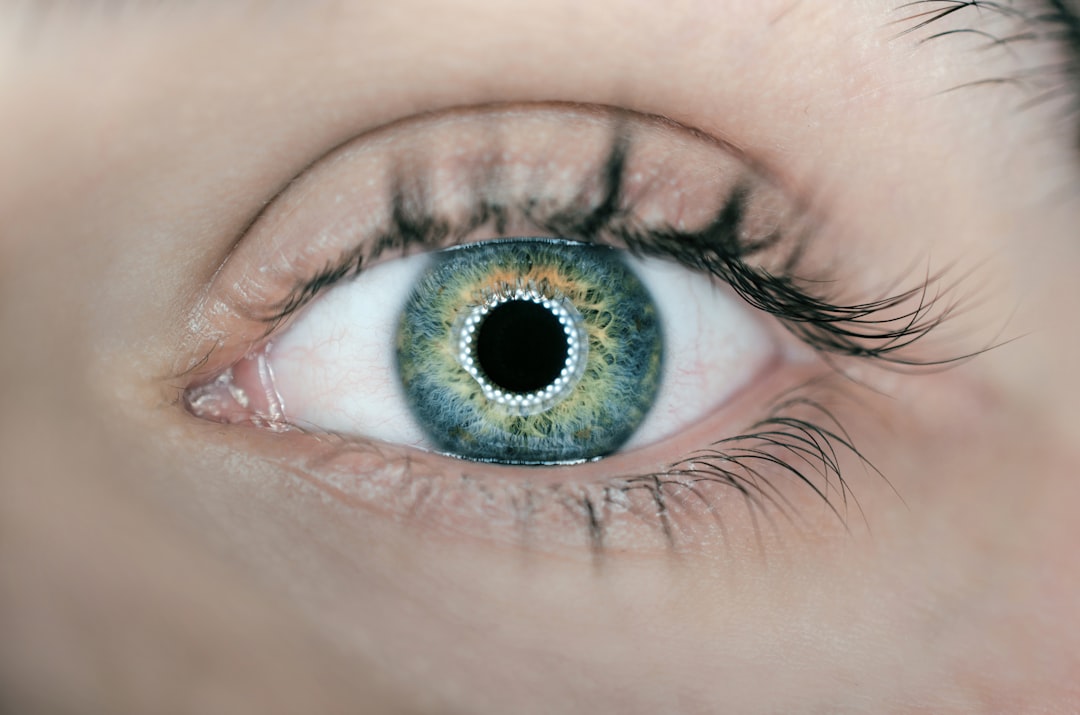
Next-generation video tools are already experimenting with gaze correction, subtly shifting pupils so speakers seem to look straight into the lens. That may smooth remote conversations, but it risks flattening true signals of effort and emotion, like airbrushing the weather from a forecast. Virtual reality therapies are testing graded exposure to eye contact for those who find it overwhelming, building tolerance without forcing conformity. These tools could empower people if used with consent and choice.
On the research front, lightweight wearables promise to measure gaze in natural settings, linking real-world demands to how people share attention. Ethical guardrails will be crucial to prevent surveillance masquerading as productivity analytics. The best future blends empathy with engineering, amplifying understanding rather than enforcing a single style. If we get it right, technology will help conversations breathe instead of holding them rigid.
Conclusion

Start small in your next conversation: notice when someone looks away and ask yourself what task, culture, or comfort might explain it before you judge. Offer options – sit side by side instead of face to face, or allow note-taking – so eye contact isn’t the only path to connection. In classrooms and meetings, make space for gaze breaks the way you make space for questions, treating them as a normal part of thinking. If you design or buy attention-tracking tools, insist they account for context and neurodiversity, not just camera-facing time.
Most of all, lead with curiosity rather than certainty, because certainty is the fastest way to miss what matters. The eyes are powerful, but meaning lives in the whole person and the moment you share. When we read gaze with humility, we trade snap judgments for real understanding and better outcomes. What might you learn if you let a glance away invite a better question?

Suhail Ahmed is a passionate digital professional and nature enthusiast with over 8 years of experience in content strategy, SEO, web development, and digital operations. Alongside his freelance journey, Suhail actively contributes to nature and wildlife platforms like Discover Wildlife, where he channels his curiosity for the planet into engaging, educational storytelling.
With a strong background in managing digital ecosystems — from ecommerce stores and WordPress websites to social media and automation — Suhail merges technical precision with creative insight. His content reflects a rare balance: SEO-friendly yet deeply human, data-informed yet emotionally resonant.
Driven by a love for discovery and storytelling, Suhail believes in using digital platforms to amplify causes that matter — especially those protecting Earth’s biodiversity and inspiring sustainable living. Whether he’s managing online projects or crafting wildlife content, his goal remains the same: to inform, inspire, and leave a positive digital footprint.




